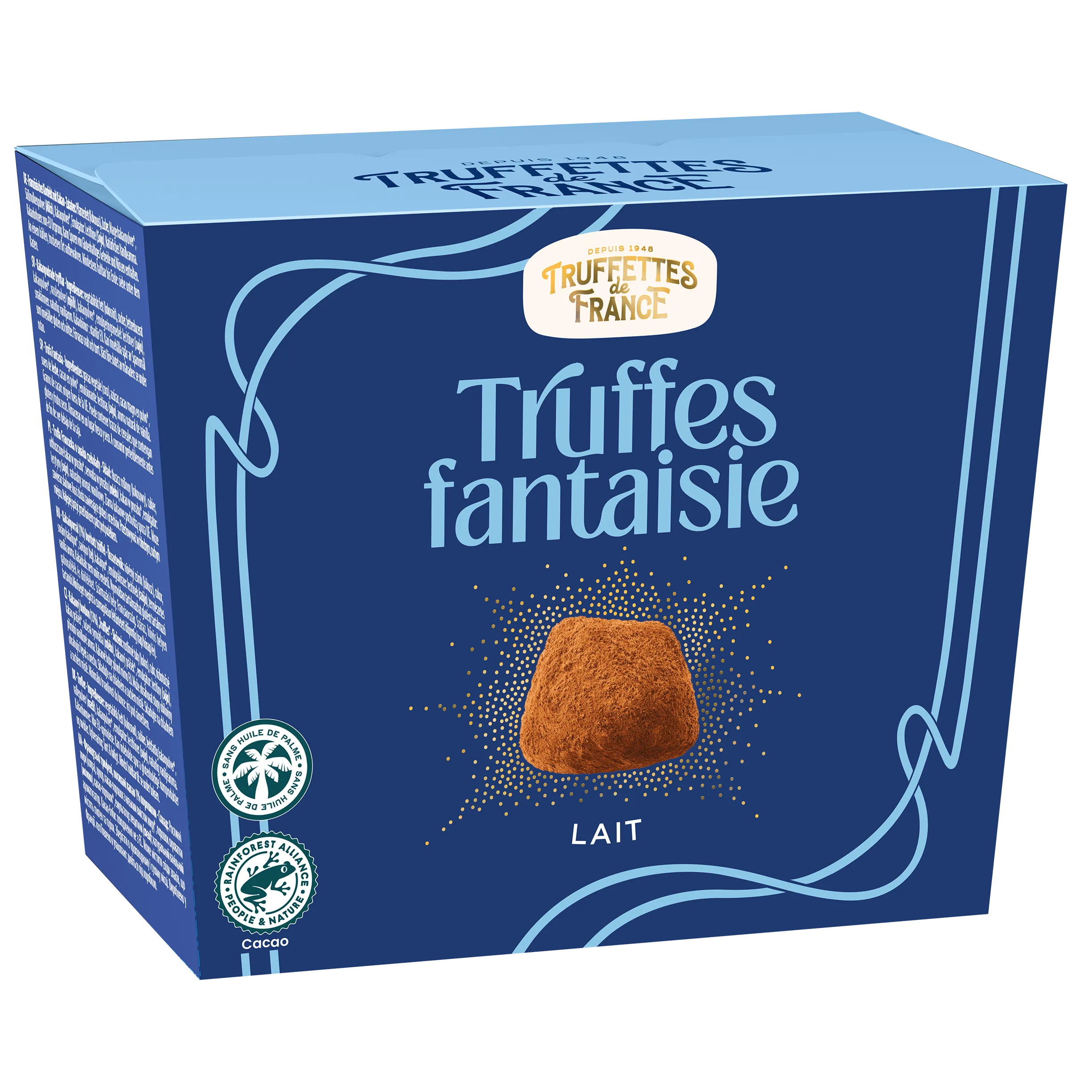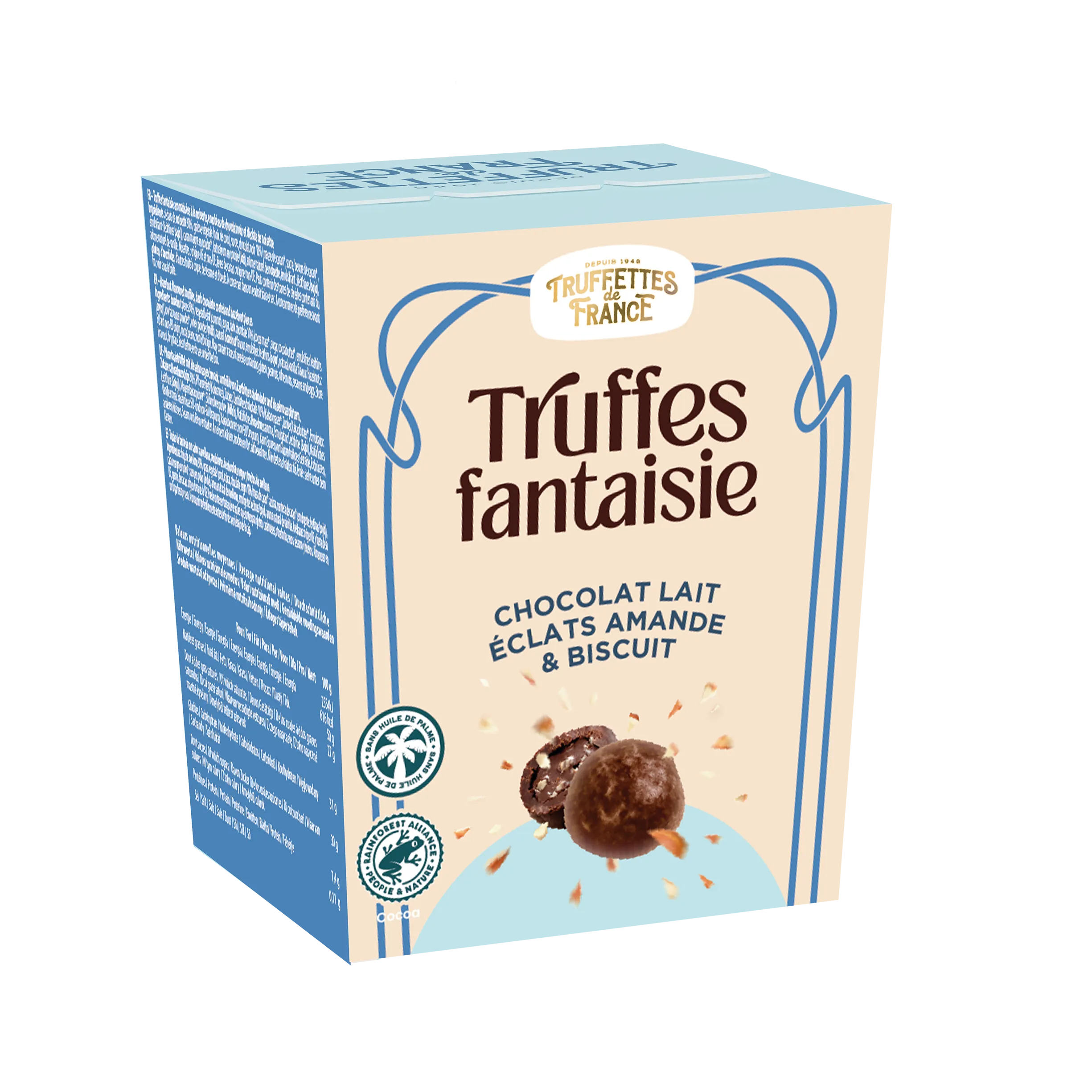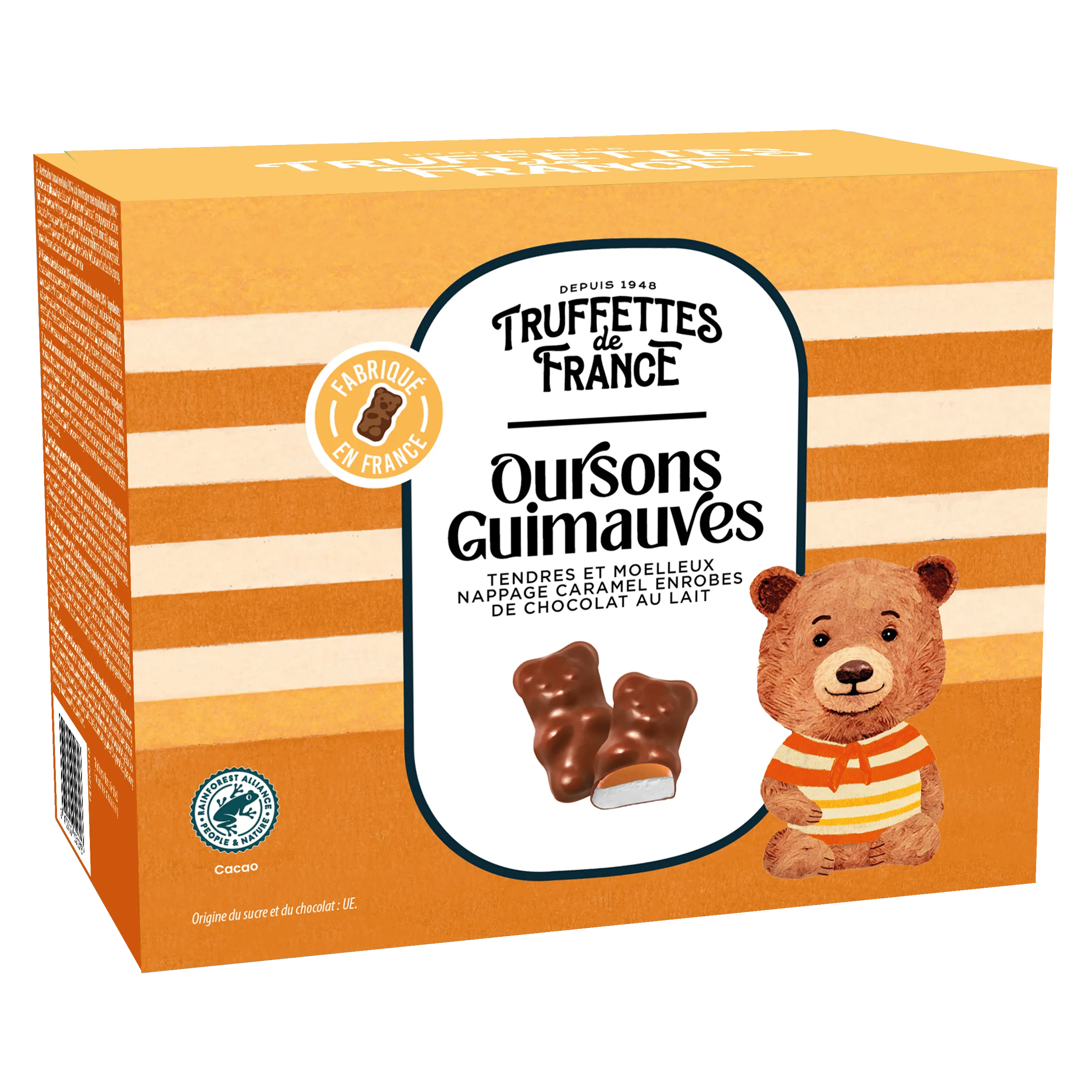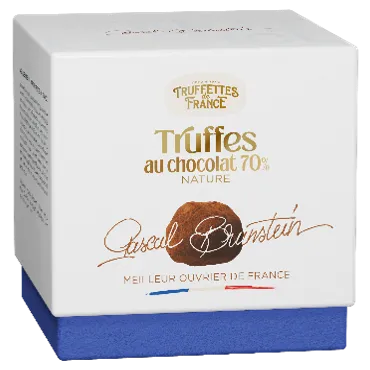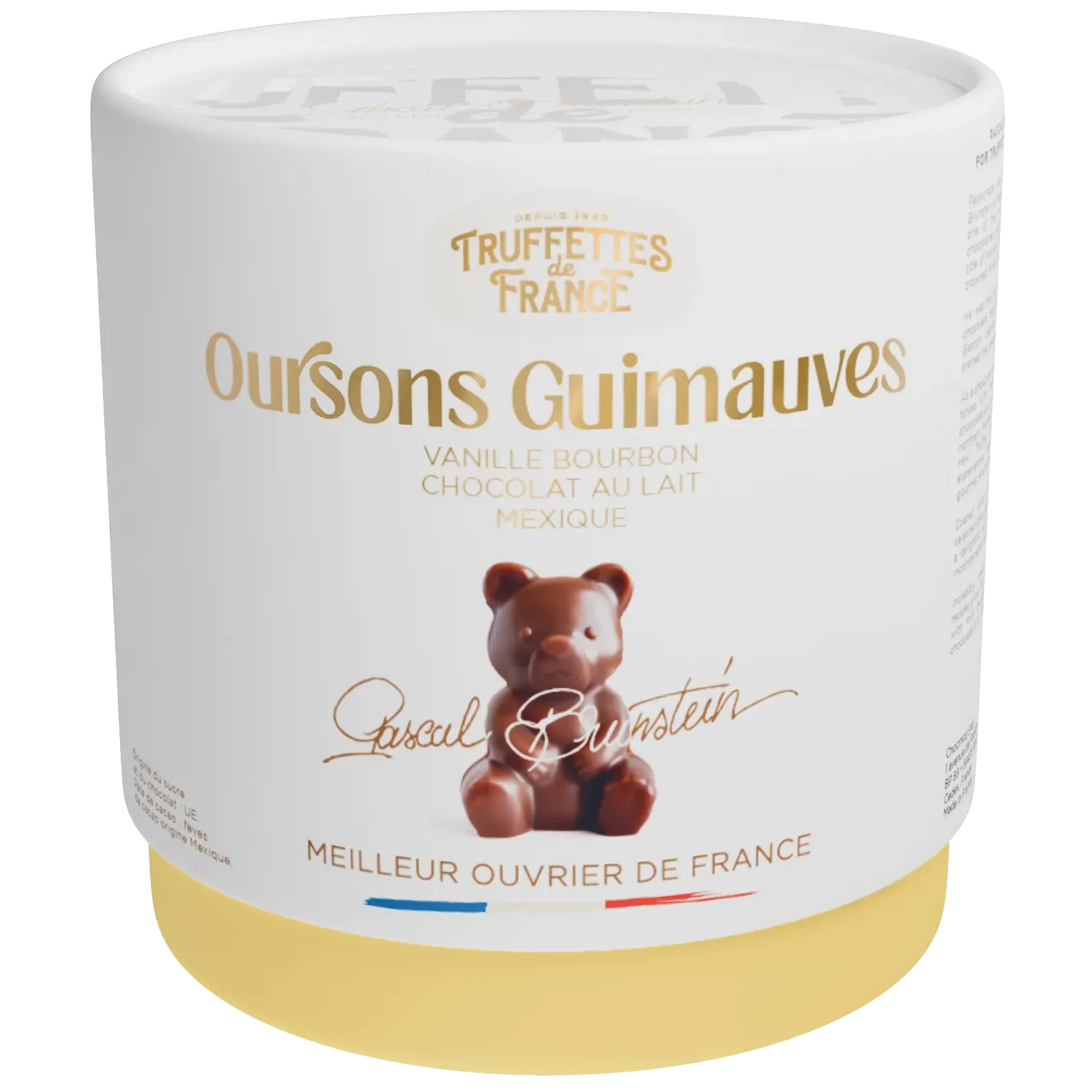Definition : Cocoa powder
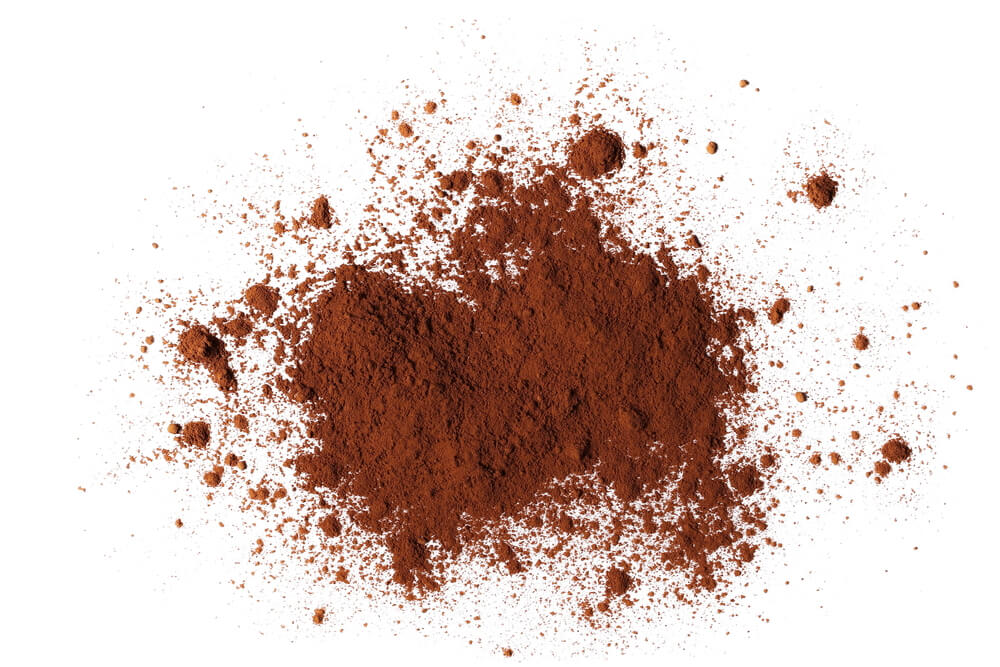
Cocoa powder is obtained by finely grinding roasted and defatted cocoa beans. Rich in fiber, protein, antioxidants and minerals, this powder is often used as a main or additional ingredient in recipes to give a strong, distinct chocolate flavor.
The history of cocoa
The earliest traces of cocoa harvesting and use date back to more than 3,000 years BC J.-C.. The Maya and Aztec civilizations already feared cocoa beans, which they used as currency. When Europeans discovered the Americas, they were seduced by the taste and stimulating properties of cocoa and soon introduced the beans to the rest of the world. Over the centuries, chocolate has taken on many forms and textures, but cocoa powder has remained a must-have for lovers of this delicacy.
The nutritional value of cocoa powder
In addition to its irresistible taste, cocoa powder offers numerous health benefits thanks to its concentration of essential nutrients. These include
- Fiber: helps keep the digestive system working properly;
- Proteins: help build and maintain muscles and bones;
- Minerals: such as iron, zinc and magnesium, which are essential for the body to function properly;
- Antioxidants: notably flavonoids, which help prevent cardiovascular disease and boost the immune system.
A boon to heart health
Thanks to its high antioxidant content, cocoa powder could play a protective role against cardiovascular disease. In fact, several studies have demonstrated an association between regular consumption of cocoa-based products and a reduced risk of heart disease. It's important to point out, however, that these benefits don't necessarily apply to sweet, fatty products such as chocolate bars and pastries. To reap the health benefits of cocoa powder, it's best to incorporate it into healthier, more balanced recipes.
The different uses of cocoa powder
Cocoa powder can be used in a wide range of culinary preparations to add a delicious, fragrant flavour. Here are a few ideas:
- In beverages: such as traditional hot chocolate, smoothies, milkshakes or cocoa coffees;
- In desserts and pastries: such as moelleux, mousses, ganaches and chocolate truffles;
- In savoury dishes: to give an original touch to your sauces, marinades and other culinary preparations. For example, a mixture of cocoa powder, spices and salt will give a delicious crust to roast beef or pork.
Find out more: the overlooked uses of cocoa powder
If you'd like to think outside the box and use cocoa powder in more daring ways, here are some lesser-known alternatives:
- Incorporate cocoa powder into breakfast recipes, such as porridges, granolas or smoothie bowls;
- Use cocoa powder to prepare homemade face and hair masks. It has moisturizing and antioxidant properties that can benefit skin and hair;
- Incorporate cocoa powder into your energy bars or protein balls to give them a gourmet flavour while benefiting from its nutritive contributions.
How to choose your cocoa powder?
When buying cocoa powder, it's advisable to check several points on the packaging:
- Product origin: ideally, choose a fair-trade cocoa powder to support sustainable, responsible production;
- The ingredients: opt for unsweetened, additive-free cocoa powder to take full advantage of its benefits. If you want to add a little sweetness to your preparations, prefer honey or agave syrup to refined sugars;
- The fat content: the lower the fat content, the fewer calories your powder will contain;
Finally, don't hesitate to experiment with different brands and varieties to find the one that best suits your tastes and needs.

